
How to Foster an Affinity for Reading in Toddlers (Age 1-3)
Co-authored with Ritvvij Parrikh.
Reading, like many experiences in life, is an acquired taste; it’s not always innate.
Reading offers a myriad of benefits, from language development to understanding concepts like numbers, shapes, colors, and even societal norms like sharing and friendship. Moreover, reading can be an immersive escape activity.
- Activities often fall into two categories: escape or work.
- Escape activities are those we engage in to relax and de-stress, such as scrolling through social media or watching TV.
- Work activities, on the other hand, require focus and typically have a clear beginning and end.
Here’s how reading became a part of Sabi’s life between the ages of 1 and 3:
Books as Ordinary Objects
Just as you don’t think twice about accessing basics like a toothbrush or food, books should be readily available. Ensure engaging books are always accessible.
- What’s important. The focal point of the living room was a library, not a TV.
- Books as Toys. From an early age, books were among Sabi’s playthings. Yes, sometimes she’d nibble on them or use them as a base for her toys. But she also flipped through them, regardless of orientation.
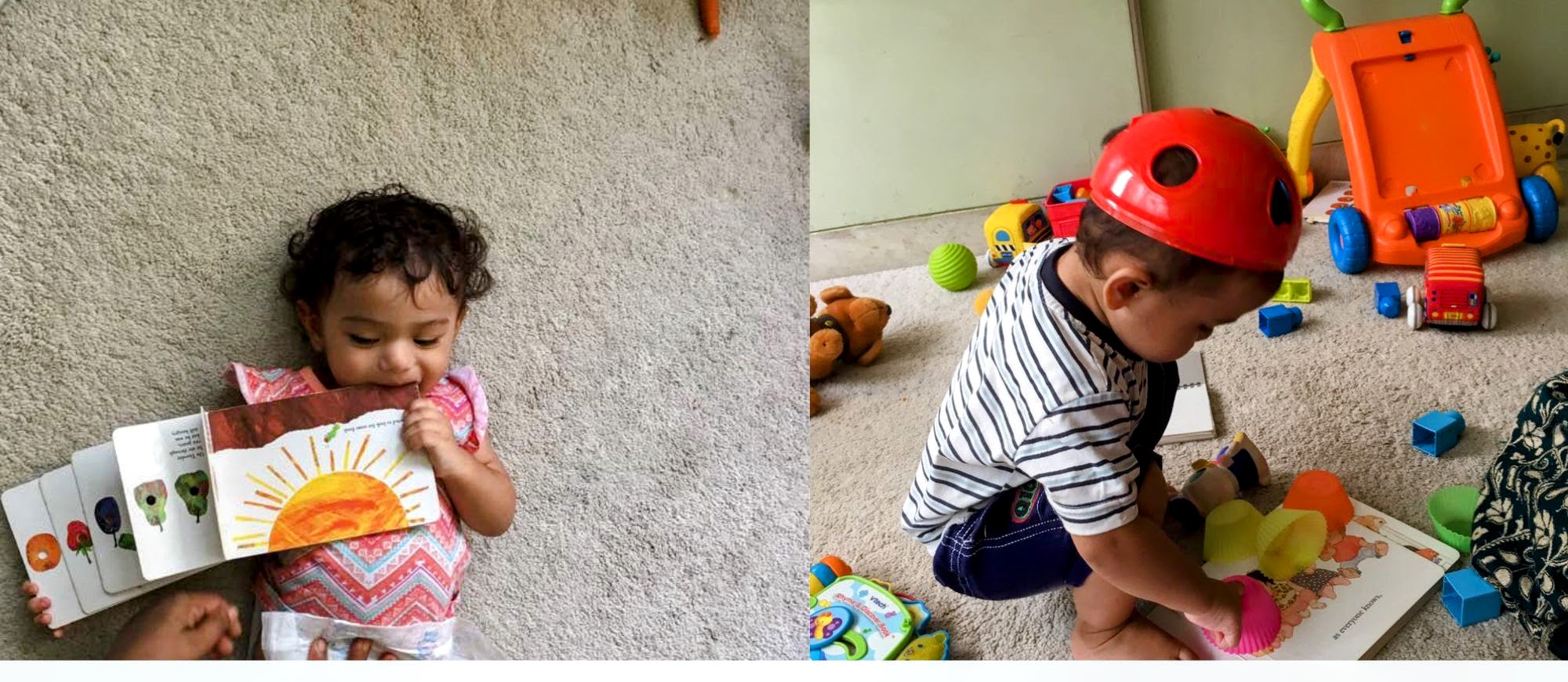

- Impulse Reading. Bookshelves were designed to display books flat, showcasing their covers. By rotating the collection occasionally, her interest remained high.
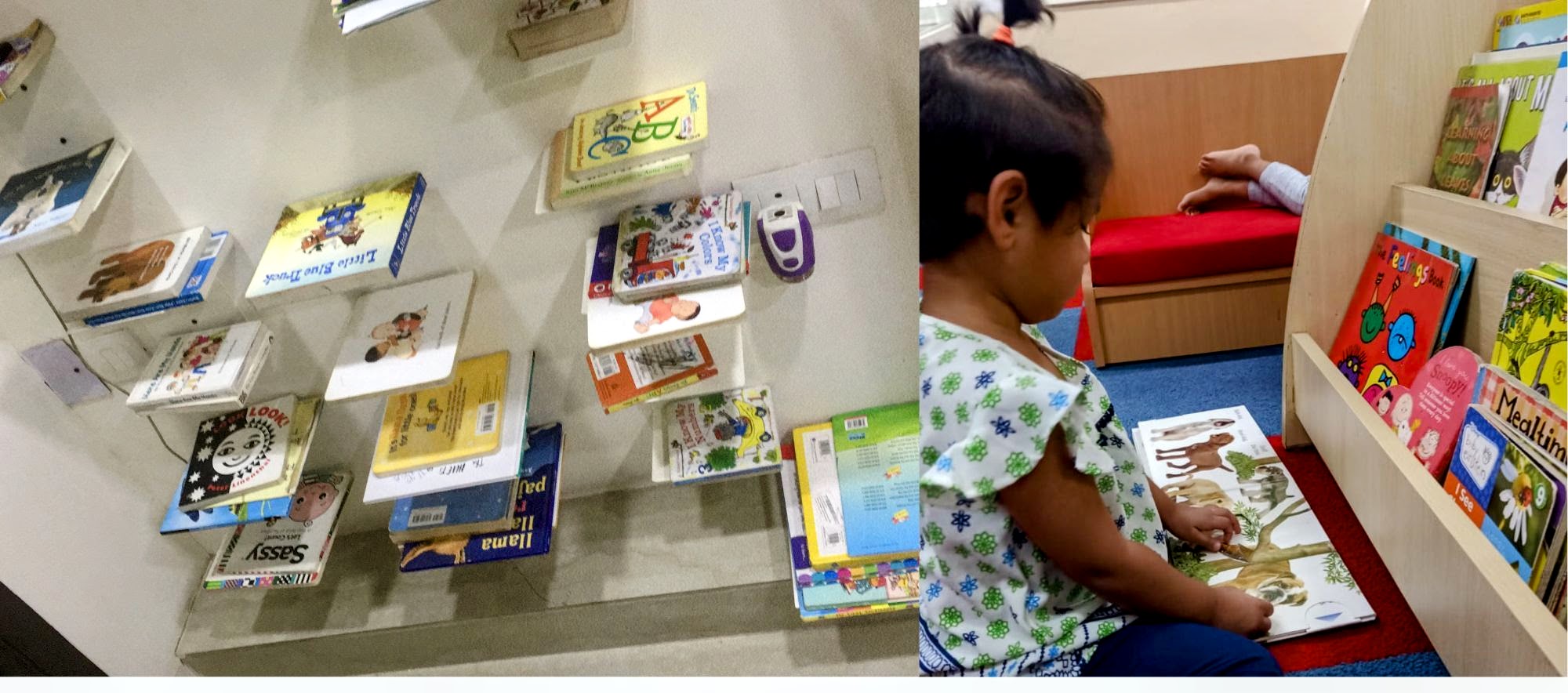
Reading Parties 🥳 🎉
Dedicated one-on-one reading time, when you are fully present, was essential. For working parents, this quality time is invaluable. Other reading parties included other family members — grandparents, aunts — too. Familiar stories were revisited, allowing her to anticipate and engage more.

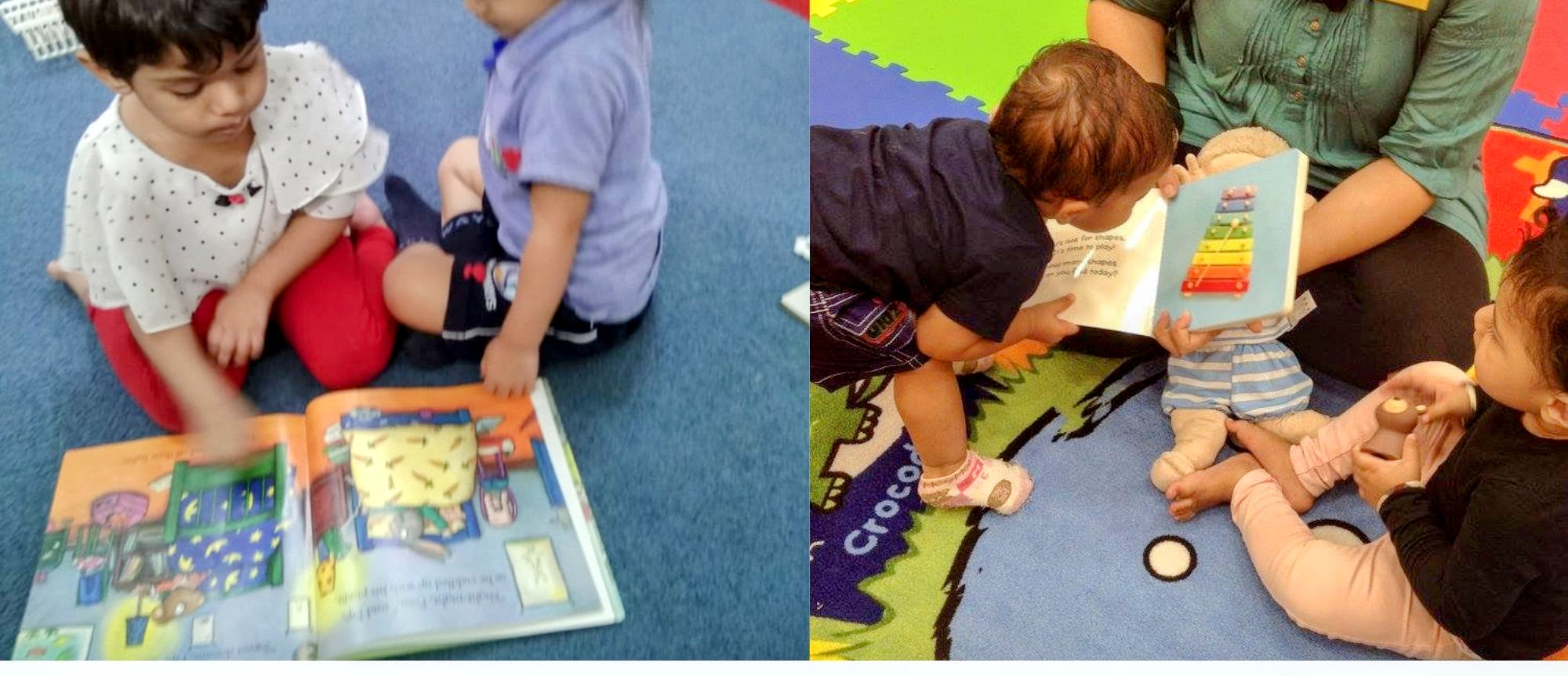
Encouraging her to vocalize what she saw in the pictures even before recognizing letters became an activity.
Alone time.
Having downtime is essential for kids. When Sabi felt bored, some solo time with books was suggested. This gradually made her appreciate her own company with a good book.


Selecting the Right Books
Vocabulary Expansion
Books were chosen that aided her in recognizing everyday items.
- Titles like “Dr. Seuss’s 100 First Words” and “The Very Hungry Caterpillar” not only expanded her vocabulary but also introduced foundational concepts.
- “Ten Little Fingers and Ten Little Toes” made counting and body parts relatable.
- The other books were “Polar Bear, Polar Bear, What Do You Hear?” and “Brown Bear, Brown Bear, What Do You See?”
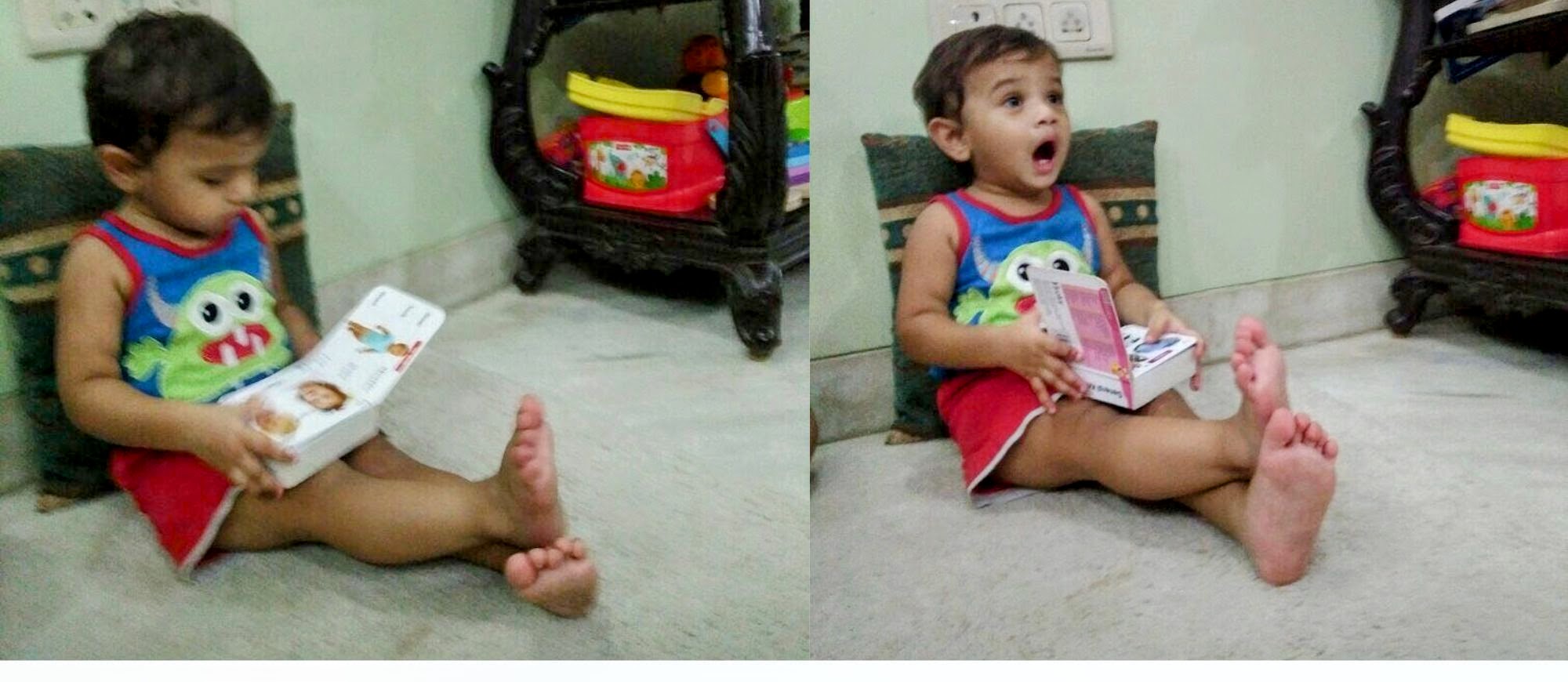
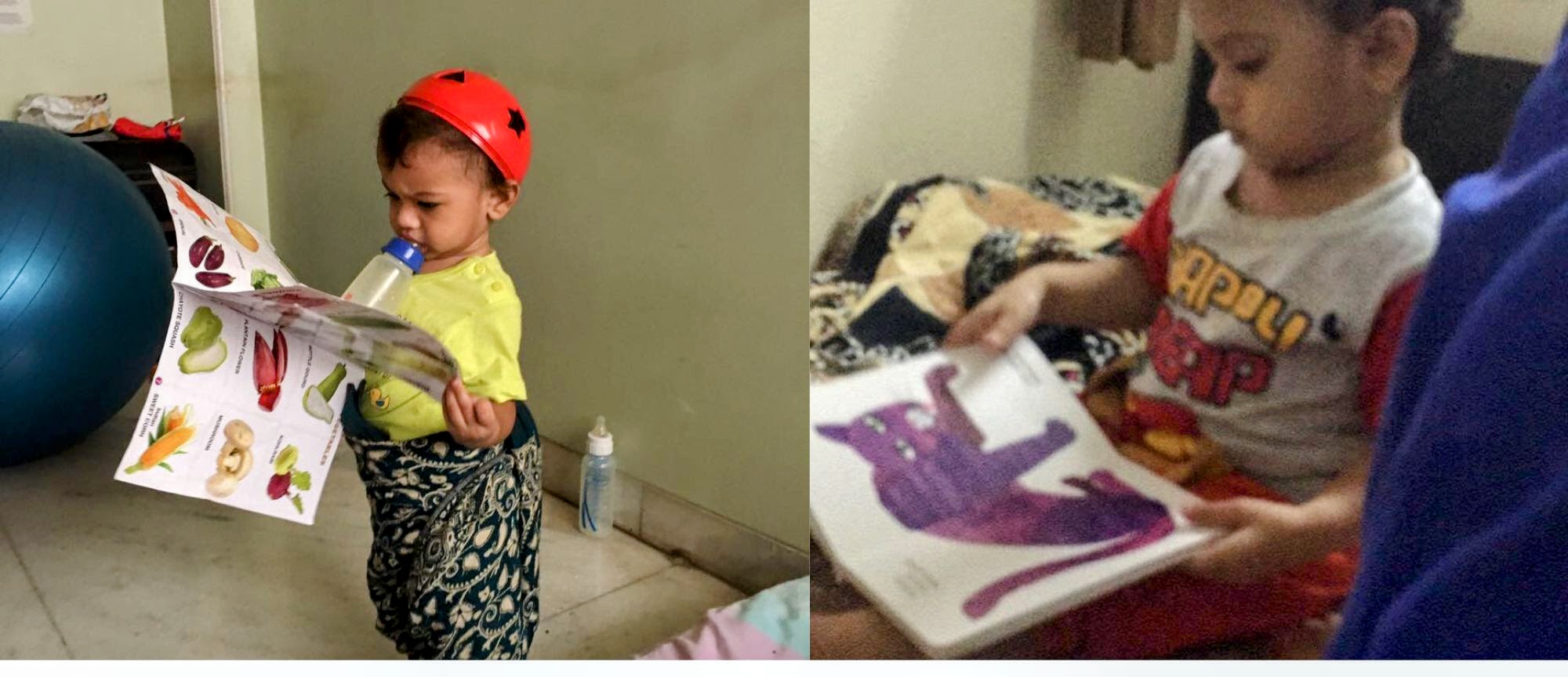
Emotional Guidance
Books can be great tools for emotional exploration.
- “Llama Llama Red Pajama” addressed bedtime anxieties.
- “Llama Llama Wakey-Wake” demystified morning routines.
- Public meltdowns? “Llama Llama Mad at Mama” offered perspective.
- Transitioning to school? “Llama Llama Misses Mama” explored separation anxiety.
Introducing Visual Communication
As she matured, adult doodling books were introduced. This eased her into the concept of “heavier” books and visual narratives.
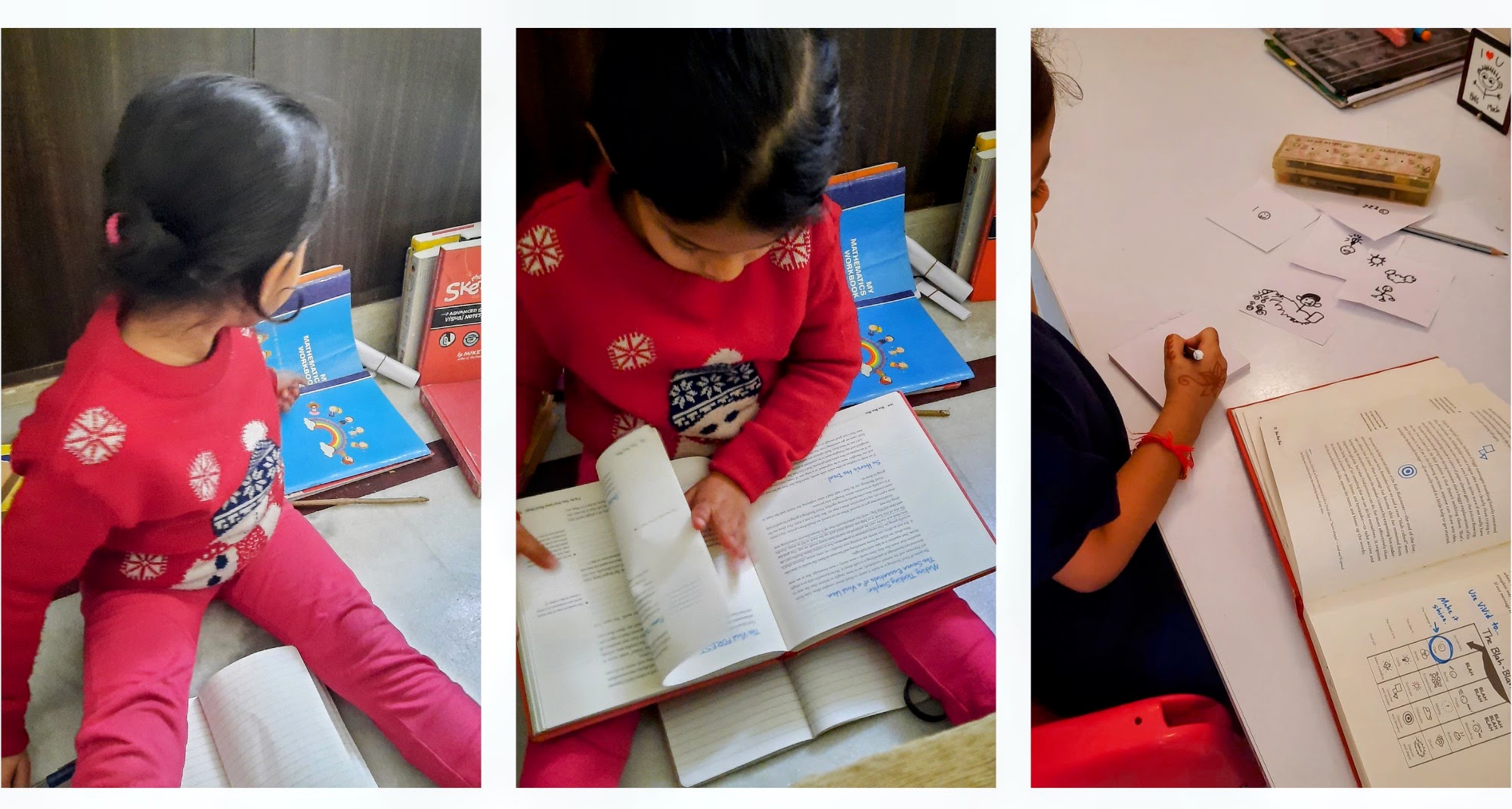
These approaches made reading an immersive and rewarding experience for Sabi.

